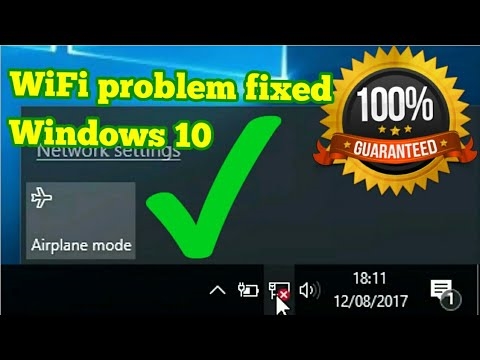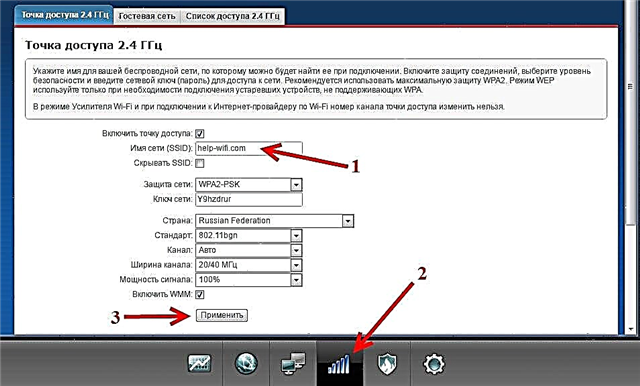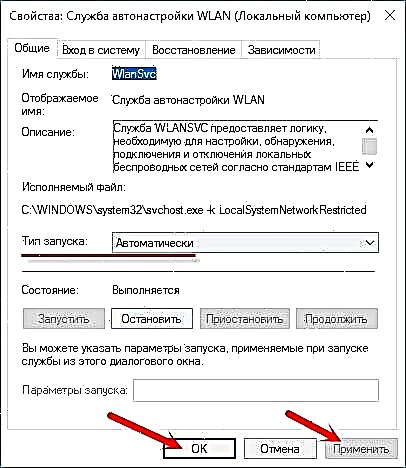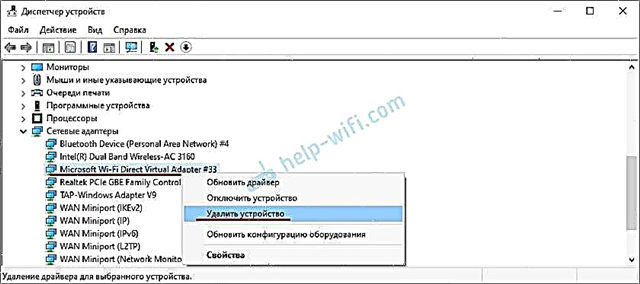The Microsoft Wi-Fi Direct Virtual Adapter (or Microsoft Wi-Fi Direct), which you can see in the Network Adapters section of Windows 10 Device Manager, is responsible for at least two functions: Mobile Hotspot "and" Projecting to this computer. " In the comments, people often ask different questions related to the Microsoft Wi-Fi Direct Virtual Adapter. Someone wants to download a driver for this adapter, and someone wants to disable it, or even remove it from the system. In this article I will try to answer all the questions related to this mysterious adapter.
What is this adapter? It is important to understand that this is a software adapter. This is a program (driver) that, using a Wi-Fi adapter (module), allows the system to create a virtual access point. Which in turn enables other devices to connect via Wi-Fi to the computer. For connecting to the Internet (hot spot), or projecting an image on a computer monitor.
If you are reading this, then most likely you are having some kind of problem with Wi-Fi. Problems connecting to wireless networks, or it is not possible to start the distribution of the Internet from a computer on Windows 10. As I wrote above, this virtual adapter is responsible for the Mobile Hotspot function. If the Microsoft Wi-Fi Direct Virtual Adapter is disabled or the driver is not installed, the hotspot will not work. However, I wrote about solving problems with launching the mobile hot-spot function in this article. Likewise with the Project to This Computer function. The connection between computers (or a computer and a mobile device) is established through this virtual adapter.
An important point: As it turned out, in Windows 10, distributing Wi-Fi via the command line works through another virtual adapter - Microsoft Hosted Network Virtual Adapter. And since in Windows 10 very often there are problems with starting an access point exactly through the command line, it is possible that this is due to new functions (hotspot, projection) and the Microsoft Wi-Fi Direct Virtual Adapter itself. Perhaps disabling this adapter will solve the problems with starting the virtual network through the command line.
In my case, for example, Microsoft Wi-Fi Direct Virtual Adapter is not present at all in Device Manager. Exactly until I start the mobile hotspot (and in the device manager, click on the "Update hardware configuration" button). Then it immediately appears in the "Network adapters" section. I have it with number # 33.
Or until I turn on the "Project to This Computer" function (Available everywhere). Also in the device manager, you can check the box "Show hidden devices" and the adapter should appear in the list. Even two adapters, only with different numbers. I may have two adapters for the reason that I used to use two physical Wi-Fi adapters (the first is built into the laptop, and the second is USB).

What is Microsoft Wi-Fi Direct Virtual Adapter, what it is for and how it works roughly, we found out. Next, I would like to understand the driver for this adapter.
Driver for Microsoft Wi-Fi Direct Virtual Adapter
I already wrote a separate article on this topic: a driver for distributing Wi-Fi from a laptop. All virtual network adapters on Windows should work by default. These drivers are built into the system and are installed automatically. You don't need to download or install anything manually. If necessary, you only need to install the driver on the Wi-Fi adapter itself. It is desirable to download the latest version from the website of the laptop developer, or the adapter itself (Wi-Fi module).
So there is no need to download and install the driver for Microsoft Wi-Fi Direct Virtual Adapter. If your computer has a Wi-Fi adapter and the driver is installed on it, then the virtual adapter should work. More precisely, the functions that use it (hotspot, projection onto the computer screen) should work.
I do not know what different sites offer to download under the pretext of a driver for a virtual Windows adapter, maybe drivers are really "pulled" from the system, but I would not recommend downloading and installing something like that. Better to reinstall the physical Wi-Fi adapter by uninstalling it in Device Manager. Download and run the driver installation for the wireless module itself. A virtual Wi-Fi Direct adapter will appear automatically after starting the service that uses this adapter.
How do I enable, disable, or remove Microsoft's virtual Wi-Fi Direct adapter?
Well, you don't need to manually turn it on. Unless someone turned it off before you. In this case, it will be displayed with an arrow-shaped icon in the device manager. You need to click on the virtual adapter and select "Enable device". If it does not exist at all in Device Manager, enable "Show hidden devices" in the "View" menu (screenshot above).

But even if there is no Microsoft Wi-Fi Direct Virtual Adapter, just try to enable the feature that uses it, the same hotspot. Most likely it will appear after that (you need to update the hardware configuration).
How to disable? There is no need to manually disable or even remove this virtual adapter from Microsoft. But if you really want to, then you can try to do it in the same device manager. All you need to do is right-click on the adapter and select "Disable device".

Commands like netsh wlan set hostednetwork mode = disallow are useless, they do not affect the Wi-Fi Direct Virtual Adapter.
How to delete? You can delete it in the same device manager. But this does not make much sense, since after a reboot, this adapter will be installed again. In principle, it should be so, since it is responsible for the operation of important functions in Windows 10. And without it, these functions simply will not work.

To prevent this virtual Wi-Fi Direct adapter from being displayed in the device manager, it is enough to disable the mobile hotspot (in the settings, under "Network and Internet" - "Mobile hotspot") and disable projection to this computer. You can do this in the parameters, in the "System" - "Projecting to this computer" section. You need to set "Always disabled".

That's all. If you have any useful information on the operation of this virtual adapter, possible problems, errors, etc. - write in the comments. If you encounter a problem in the process of launching a hotspot, or when working with the projection function on a computer, then see the articles on setting up these functions. I gave links at the beginning of this article.











